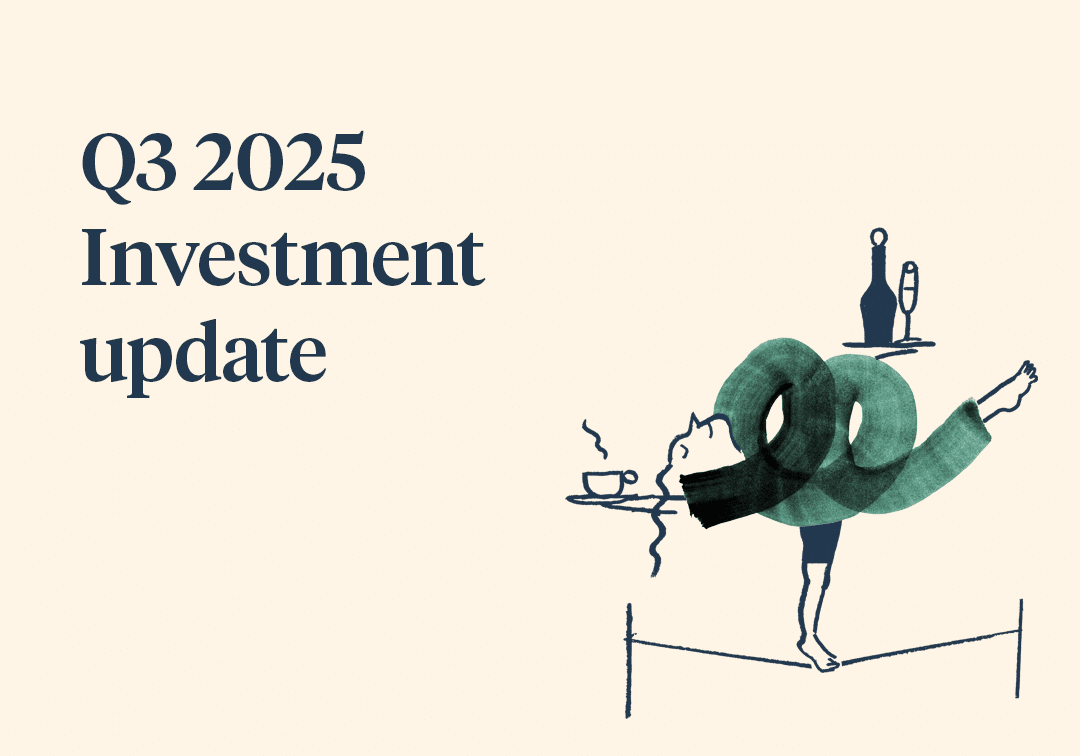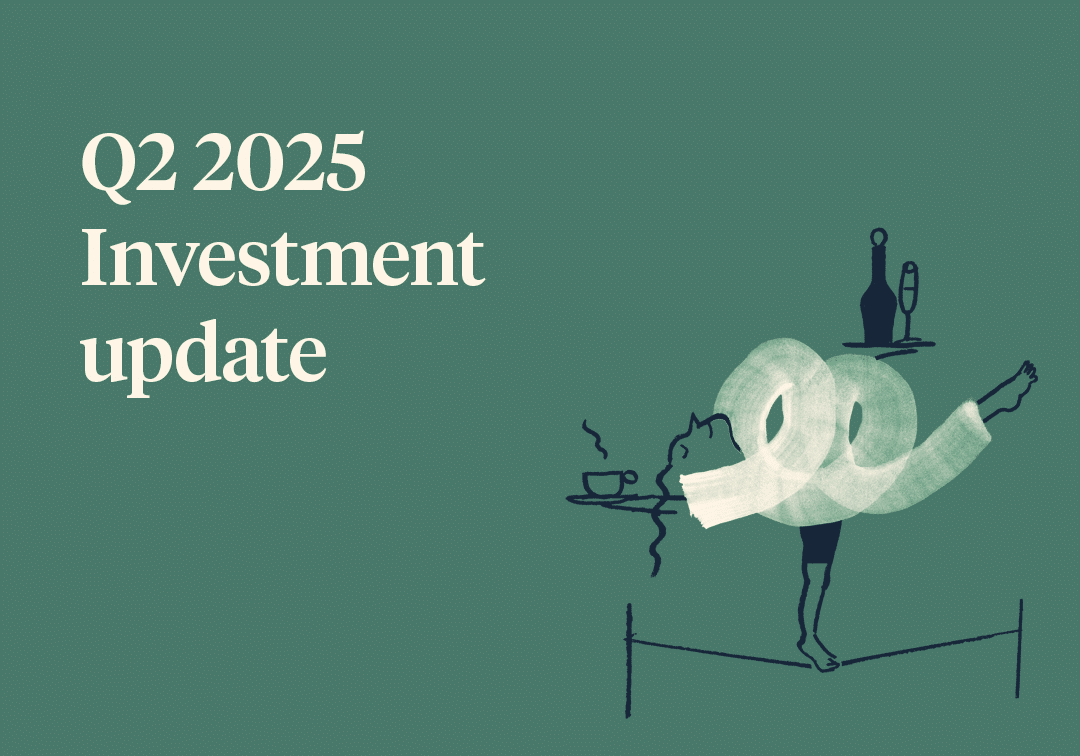Transcript
Jordan Gillies:
Hello, and welcome to our Q2 2023 investment update. My name is Jordan Gillies and I’m one of the partners here at Saltus, and I’m once again joined by Mike Stimpson, a member of our investment team, to talk you through the latest quarter of investment markets and what we’ve been up to.
Mike, it’s been an interesting quarter and perhaps almost a recovery led by some of the equity markets and some interesting things going on in the bond market. Do you want to just set the scene as to actually what’s happened in the last quarter for people, just to give them a bit of a backdrop?
Michael Stimpson:
Sure. As you said, it’s been a good quarter for equities, dominated by strong economic performance, particularly in the US, and steadily declining inflation numbers. That, coupled with the hundreds of billions of dollars that were spent during the banking crisis in March, has led to a fast-rising US equity market. The leadership of that rally has been quite narrow though. It’s those technology companies, those companies benefiting from the AI story. We’re really looking to see that recovery broaden out if it’s to have legs in the long term.
This side of the Atlantic, we’ve had a slightly more difficult quarter and that’s because our core inflation numbers rather than ticking down have actually been ticking up slightly, and that led to a wobble in the bond market. Overall, we’ve had globally pretty strong equity markets, flattish bond markets and, crucially, commodities stabilising at these lower levels. But, if you remember, what we were most worried about three months ago, we were talking about the gap between Central Bank expectations and the expectations of the bond market with regards to the direction of interest rates and that gap has narrowed significantly with bonds selling off a little bit. We’ve managed to at least part of the way navigate that potential obstacle without any major disruption to equity markets.
Jordan Gillies:
Is that a useful barometer of market confidence, if you like, a little bit, or how are you viewing that narrowing?
Michael Stimpson:
I think so. I think markets hate uncertainty and so, if we can get the bond market and the Federal Reserve to be more closely aligned, that’s going to be a good thing for everyone. Actually, we think that there is some good opportunity in the bond market at the moment. In fact, we have been taking some risk in both the lower risk end – for example, we’ve bought some two-year UK government bonds offering yields of 4.8%, that’s a nice, safe, defensive investment – but as well as some slightly more racy bonds. We’ve picked up some emerging market debt that yields in the region of 8 to 9%. This is in countries like Mexico, Chile, Brazil, countries where their interest rate cycle is further developed than ours because they started raising interest rates more quickly. We’ve added some lower risk bonds but also some higher risk bonds to give us some oomph in portfolios.
Jordan Gillies:
I know we have some portion of our portfolios in cash and we were looking to deploy some of that as opportunities arise, does that mean actually we’re getting closer to risk budgets, or where are we sitting on our long-term view?
Michael Stimpson:
Portfolios remain about 10% below their risk budgets. But, having said that, that’s a net position and we have got lots of gross volatility in portfolios. When markets go up, when equities are going up, we are seeing our portfolios take part in those rallies.
Jordan Gillies:
Okay. Really, it’s starting to look a little bit more positive and we’ve started to take opportunity, particularly in the fixed interest market, as well. But like you said, still slightly below budget because of the volatility, but looking to take part in that opportunity. What do you think the future brings, Mike? How do you see the next quarter running out, and what are our concerns and where we think we might be able to capitalise?
Michael Stimpson:
That is as ever the million-dollar question. I think there remains a tug of war between strong economies, but momentum beginning to slow because of the lagged effects of interest rate rises, which still could lead to a recession. The recession risk seems to be diminishing a little bit, but we wouldn’t want to bet the house one way or the other.
I think, as we talked about, the leadership in equities has been quite narrow, particularly in the US, and we want to see that leadership broaden out. We’ve started to see that in recent weeks, but we’d like to see that story continue before we were feeling really confident and looking to make full use of our risk budgets. Overall, we probably feel today like we’re towards the top of our trading range over the last 18 months or so, and we need to see those changes before we would be comfortable in saying we expect to break through the top of those trading ranges.
Jordan Gillies:
Just for the layperson out there, what do you mean when you say that we’re towards the top of our trading range?
Michael Stimpson:
Well, over the last 18 months, equities have traded between roughly where we are today and obviously at the low end in 2022, and we’re expecting to oscillate as we have been. Recently, we’ve been on the way up and we think we’re getting towards the top, and what we would need to see to break through the top of that trading range is, as we’ve talked about, a broadening of that leadership, seeing more companies take part in that rally.
Jordan Gillies:
Fantastic. Okay, so reasons to be positive, but we’re keeping a close eye on whether this is a very focused rally and whether it’s actually going to broaden out or not for the next quarter.
All right, well, look, thanks, Mike. That was really interesting and thanks so much for joining us for our latest quarterly investment update and we’ll see you in the next one.


